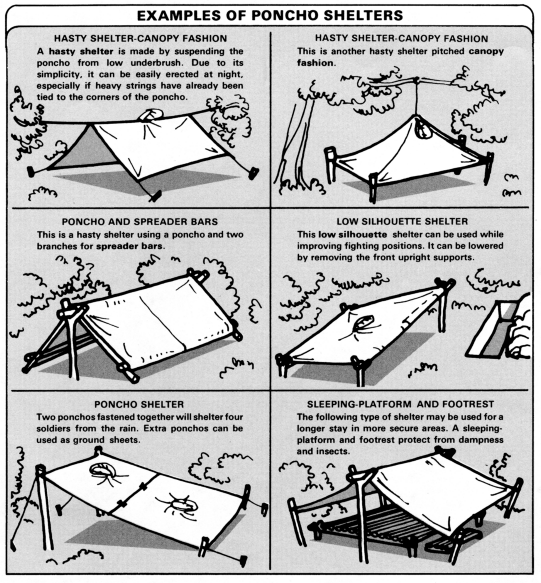
TzeKhong, Fong
Design Research Project
Final Year Interior Architecture and Design
Nottingham Trent University
Port Folio: http://fongkhong123.wix.com/justdesign
Design to Help
Design to Help
With a better experience
3. Timeline of Emergency Shelter

3. Timeline of emergency shelter
The timeline for emergency shelter is not talk about the history and the background of the shelter, but to analysis the evolution of the shelter from time to time. Aftermath, when every single department still unable to unable to respond for the disaster, the only things that can be supplied for the refugees are a single piece of plastic sheet (Picture 27 - 29) or known as poncho sheet that can only stand temporary for 24 hours to 48 hours for them to protect themselves as a shelter. These plastic sheets are commonly used in many relief operation because of their weight and their cost, easy to carry, and easy to build. The way to construct this plastic sheet shelter, collecting materials that contain the idea of sustainable and renewable is more preferable to works as the skeleton or frame for the shelter.
Picture 27. A plastic sheet shelter with wooden structure
Picture 28. A view of plastic sheet or poncho shelter.
Picture 29. Examples of poncho
Tent (Picture 30-31) will be a better choice from plastic sheet, usually tent will able to supply for the refugees after 48 hours and above. If the tent able to deliver on time, they can function better than plastic sheet and able to work more than what the plastic sheet does. The materials for the tent usually are canvas, which do not provide sufficient heat insulation. Tents are also not suitable to work as a cold climate shelter, if there isn’t a choice, they can use as a temporary shelter until the proper shelters are established. Tent have a wider space than plastic sheet, users can live more comfortable with tents. Tents also provide more protection for the users.
Picture 30. Tent structure during Haiti earthquake
Picture 31. A winter tent in Yushu
After the delivery of prefabricated shelters (Picture 32-33), the refugees will be transit to here to have a better living environment and a better shelter protection. Prefabricated shelter usually works longer than either the plastic sheets or tents, as a temporary shelter until they have they new home. Prefabricated shelters usually take a long time to complete, because of the construction of the structure, the shipping time and also depend on the units to supply.
Mostly prefabricated shelter will arrive after the 1st or 2nd week, after that they still need to be constructed. Even though they take many time to complete, but they can function longer from more than 5 months and above. Prefabricated shelter provide a better living condition, a better secure of life, better protection for the users, they will be designed with an insulation to avoid heats and able to stand in a cold condition. The only things that these prefabricated shelter could become one of the burdens for the government and also the organizations are because of the expensive cost to construct the shelter. The materials and construction fees for thee prefabricated shelter could cost a lot, even though they used many recycle materials like containers, and the delivery fees. Other than that, the organization still have to consider about the condition of the site, whether these shelter able to delivery to the site or else they will have to change their plan provisionally.
Picture 32. Prefabricated housing in Rocky Mont.
Picture 33. Prefabricated housing in North Dakota







